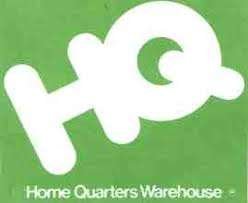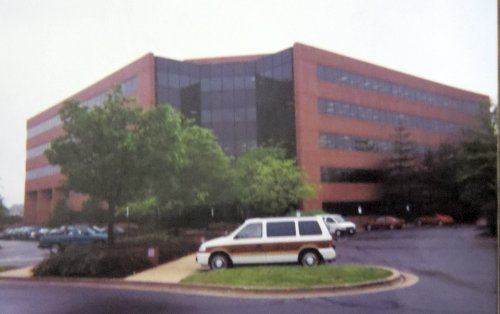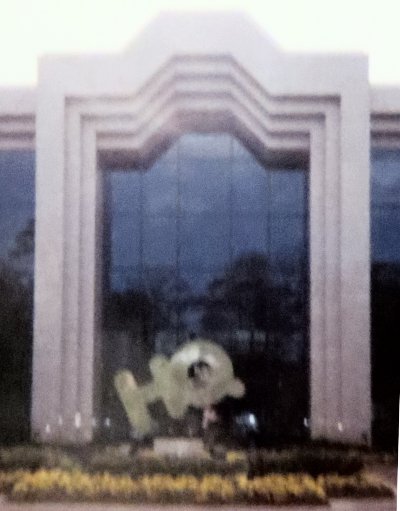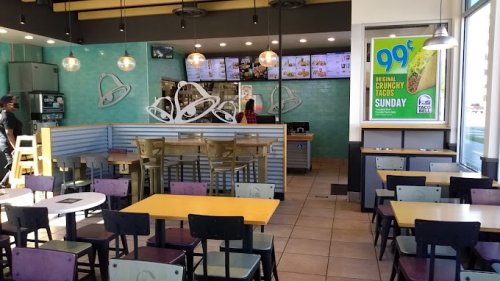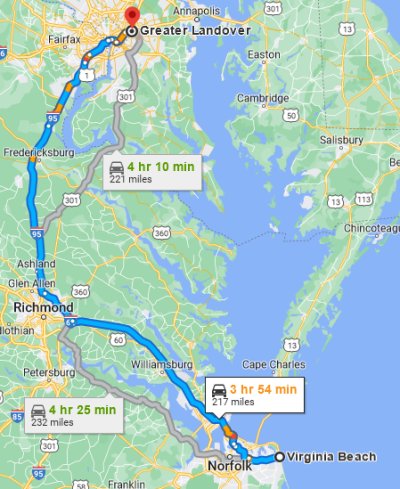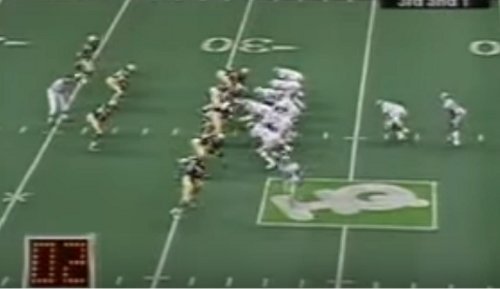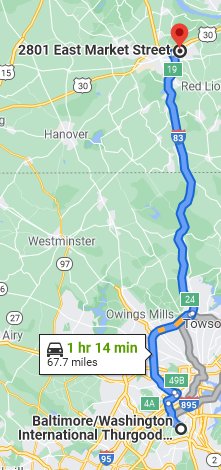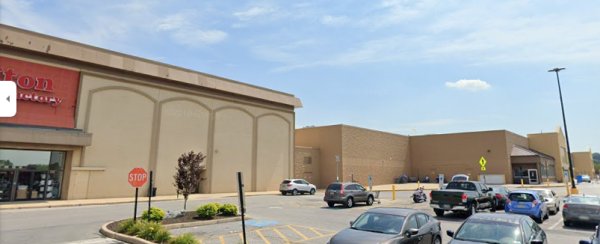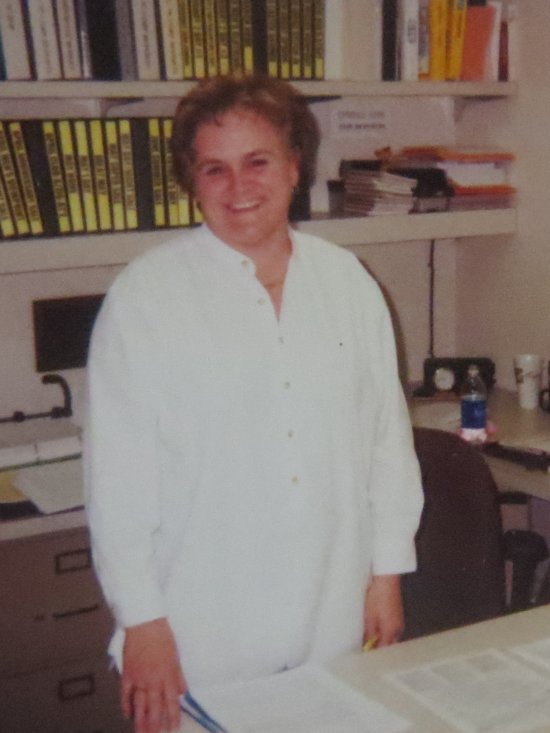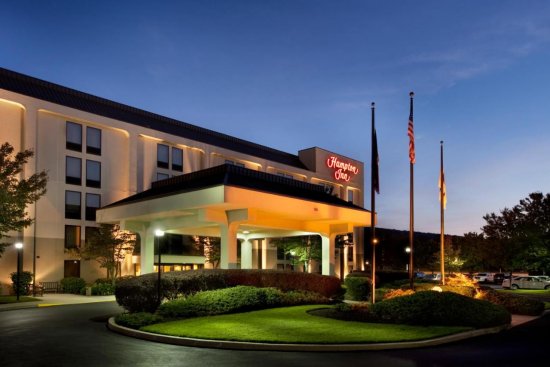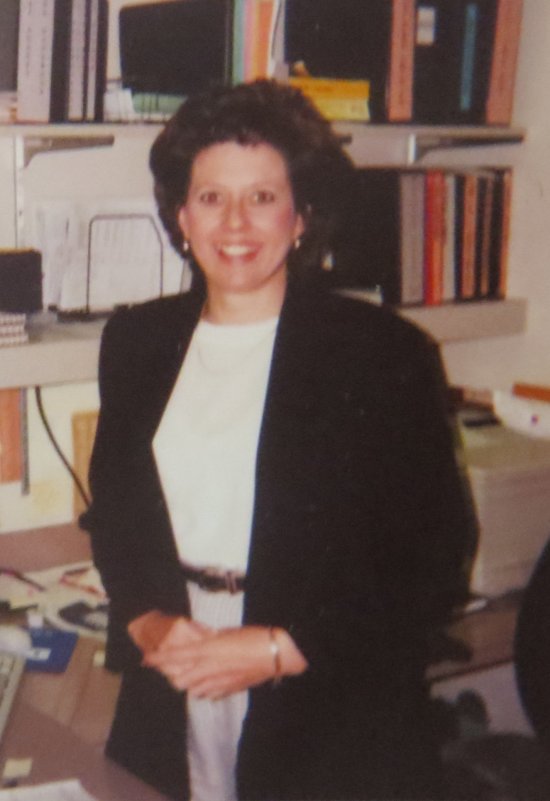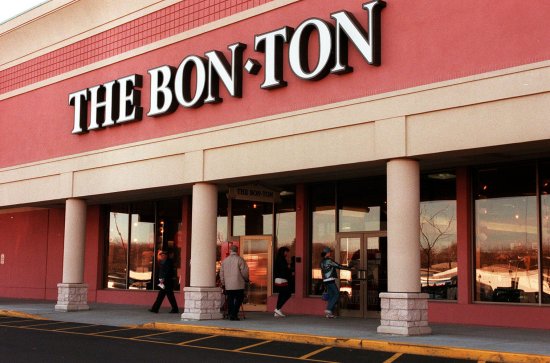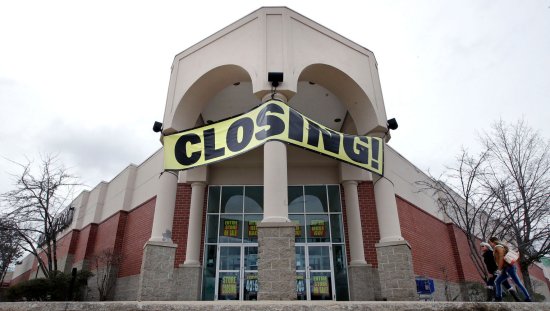DIY chain. Continue reading
The first Home Quarters Warehouse (HQ) stores were opened in 1985. They were large warehouses selling hardware and other home improvement products. They later competed with Home Depot. Only two years later the company was purchased by Hechinger, a chain of hardware stores/lumber yards that was an institution in Washington and Baltimore. Hechinger allowed HQ to run as an independent division with its headquarters in Virginia Beach, VA.
I do not remember making a presentation to HQ, but I might have. I seem to recall going to an IBM office in Norfolk.I know that the company’s IT department was already was using AS/400’s for other applications. So HQ did not need to invest much in new hardware for the AdDept system. I seem to remember that, because the operation was not as complicated as our previous installations, we gave them a very good deal on the software. I think that the installation occurred some time in 1993.
I was surprised to discover that Hechinger owned HQ at the time that I installed the system in Virginia Beach. In the summer of 1995 management of HQ’s advertising (and everything else) was brought to Hechinger’s headquarters in Landover, MD. The HQ offices in Virginia Beach were closed.
Memories of Virginia Beach: HQ had a very nice office in Virginia Beach. My recollection is that I flew via US Air into Norfolk, probably having changed planes in Baltimore. Then I rented a car, and drove to Virginia Beach. I remember encountering a very large number of active-duty members of the military on these journeys.
Once, because I had two other stops to make, I drove my Saturn all the way from Enfield. I must have been a glutton for punishment in those days.
TSI always did some custom programming for each AdDept installation, but I do not remember any code that we wrote for HQ. Most of their advertising was in inserts or broadcast. We might have written an interface to feed advertising expenses to their accounting systems.
I dealt mostly with the manager of the advertising department’s business office, but I do not remember too much about her. I recall one trip when I was called into an executive’s office. He told me that they were dissatisfied with the pace of the installation. I was, too. I remember that I stayed for a couple of days that time, and we made great progress. I don’t think that we ever had any significant problems with the installation after that.
I only remember one other employee in Virginia Beach. I think that she scheduled and ordered their newspaper buys. One day we ate lunch together at Taco Bell, which she said was her favorite. I probably would have eaten there anyway if left to my own devices.
Memories of Landover: I don’t think that any of the people who worked in the HQ advertising department made the move to Landover. The new department wanted me to show them how to use AdDept for both HQ and Hechinger stores. Most of the latter were located in and around Washington or Baltimore. HQ stores were spread throughout the country.
I made a couple of training and consulting trips to Landover. I seem to remember working with a guy named Joshua. I was not impressed with him or anyone else there. Hechinger had always been a company with strong local roots. The people in the advertising department seemed to me ill-equipped to run a company that was trying to compete with Home Depot throughout the country.
One other detail stands out in my memory of Landover. One evening after work I drove to a mall that was rather close to my hotel. I do not remember what I intended to purchase. When I had been in the mall for a few minutes it suddenly struck me that no one there was white. It was a strange feeling that minorities must experience almost every day.
The last period:An investment group named Leonard Green & Partners had acquired Builders Square from Kmart. After a delay because of poor earnings by Hechinger, LG&P acquired both Hechinger and HQ and merged them with Builders Square in 1998.
The result was catastrophic. I remember watching the last Builders Square Alamo Bowl on December 29, 1998. The announcers dutifully used the entire four-word name for the contest, but there in the middle of the field was the HQ logo, and no one ever explained what it had to do with the game. The new company had decided to rebrand all of the Builders Square stores as HQ, but it was apparently too late to change the name of the sponsorship.
Incidentally, Purdue upset heavily favored Kansas State in that game 37-34. It was not as close as the final score would indicate. The score after three quarters was 37-13 before Purdue Coach Joe Tiller took his foot off of the gas pedal.
This kind of flub was emblematic of the new company. I found the following quote in the Baltimore Sun:
What did they do wrong? “The short answer is: everything,” said Jack D. Seibald, a retail analyst for Blackford Securities. “They’ve had a screwy management that has not kept its eye on the ball.”
I enjoyed working with the people in Virginia Beach, and I think that we accomplished quite a bit together. HQ was thriving and Hechinger was flailing when the two divisions were combined.
I need to mention that when Hechinger declared bankruptcy in 1999 the company owed TSI a few thousand dollars for training trips. They paid us every penny. Many of our clients declared bankruptcy at one time or another. Most of them—except the newspapers and Filene’s Basement—paid us some portion of what they owed, but no one else paid the entire amount.

